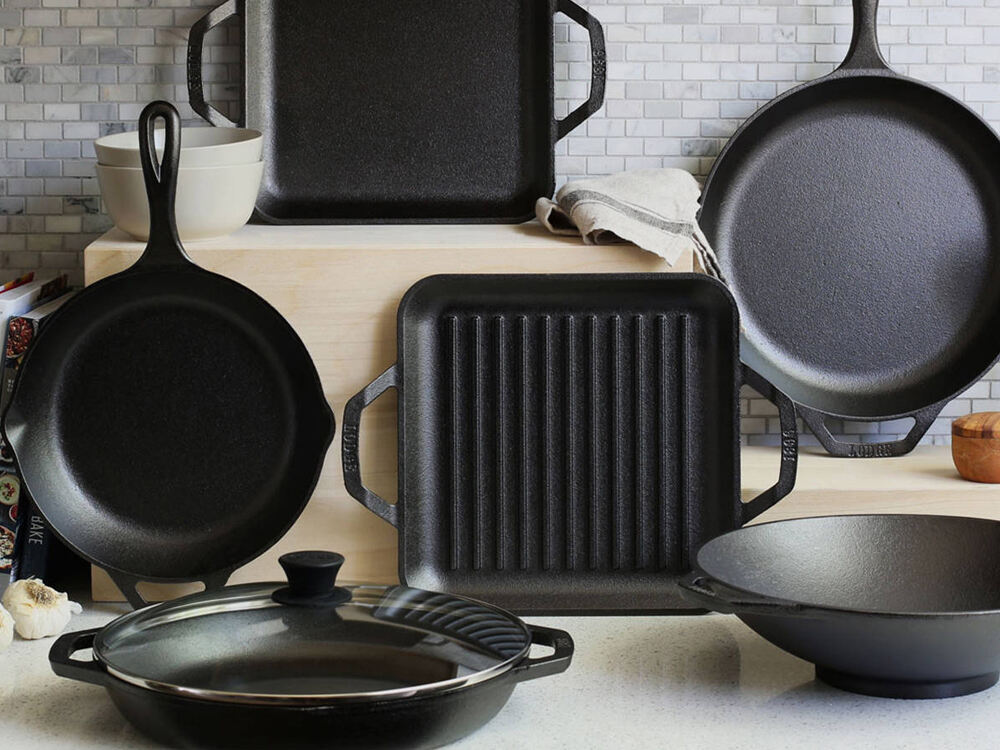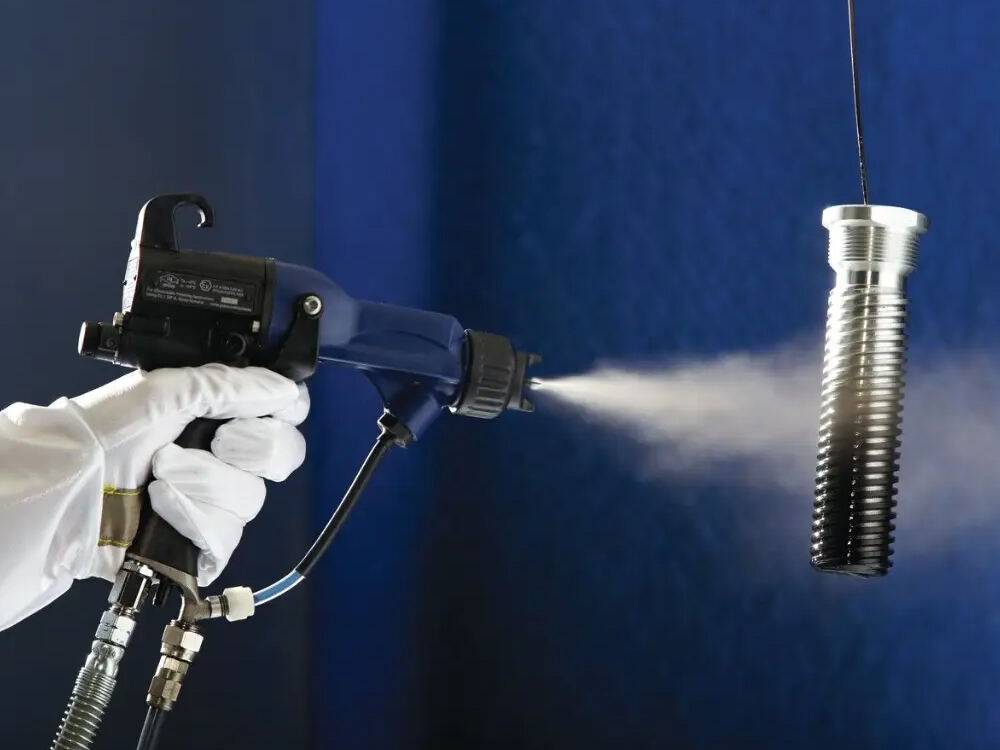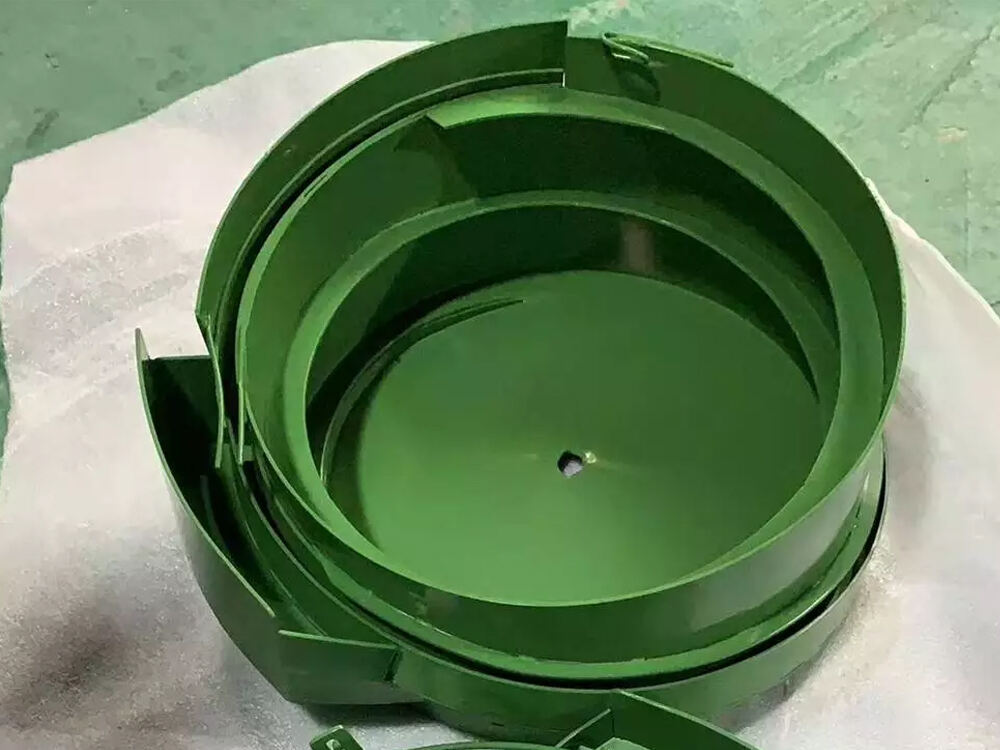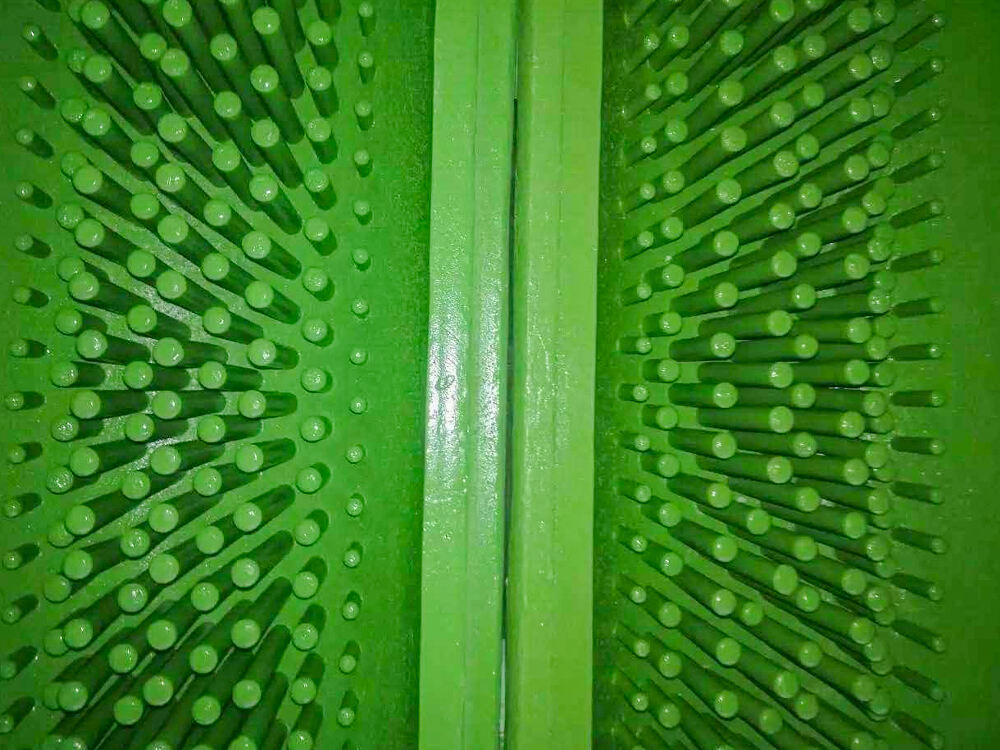Feb 05,2025
Teflon coating is a high-temperature resistant inorganic non stick coating that can be used in industries such as iron, steel, aluminum, ceramics, etc. It is widely used in metallurgy, petroleum industry, natural gas extraction, and can withstand temperatures up to 350 ℃ or even higher.
It not only has high temperature resistance, but also has properties such as heat shock resistance and wear resistance. Through coating, the surface of metal and various refractory materials can be modified to improve the performance of the substrate material, save energy, and increase the service life of the metal substrate material by more than 1-2 times.


Physical and chemical indicators of PTFE coating:
1. Odor: Teflon coating is odorless and non irritating.
2. Wear resistance:>10000 cycles (with a load of 4.9 kg, using 3M scraping cloth)
3. Corrosion resistance: Soak in acid, 10% NaOH, solvent, water, and salt water at 70-80 ° C for 24 hours, and the paint film is normal.
4. Cold and hot shock: Generally at 350 ° C/25 ° C, after 20 cycles, the coating has no abnormalities.
5. Heat resistance:> 500 ° C (long-term use temperature),> 700 ° C (short-term usage temperature).
6. Cold hardness/hot hardness: ≥ 4H (aluminum alloy, Mitsubishi pencil).
7. Non stick: Strong anti pollution properties to soy sauce, pigments, oils, and milk, meeting the requirements for frying eggs and cooking rice tests.
The main components of PTFE coating are:
1. The film-forming substance is the main component of the coating film, including oil, processed oil products, cellulose derivatives, natural resins, and synthetic resins. The film-forming substance also includes some non-volatile active diluents, which are the main substances that make the coating firmly adhere to the surface of the coated material and form a continuous thin film. They are the basis of the coating and determine the basic characteristics of the coating.
2. Additives such as defoamers, leveling agents, and some special functional additives such as substrate wetting agents. These additives generally cannot form a film, but they play a crucial role in the process and durability of forming a coating on the base material.
3. There are generally two types of pigments: coloring pigments, such as common titanium dioxide and chrome yellow, and bulk pigments, also known as fillers such as calcium carbonate and talcum powder.
4. Solvents include hydrocarbon solvents (mineral spirits, kerosene, gasoline, benzene, toluene, xylene, etc.), alcohols, ethers, ketones, and esters. The main function of solvents and water is to disperse the film-forming substrate and form a viscous liquid.

